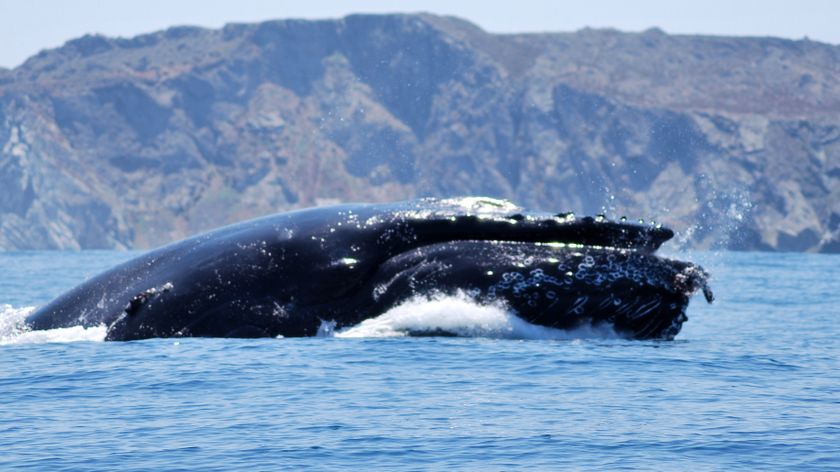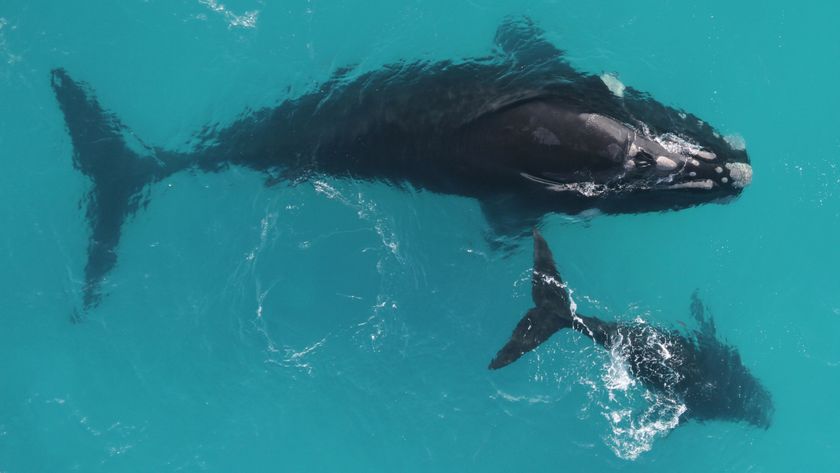
Rare Russian Whale Tracked to Mexico, a First for Science

Scientists have tracked a critically endangered western gray whale from its native habitat in the chilly Pacific Ocean off Russia for thousands of miles to balmy lagoons off the coast of Mexico — a first for the rare whales.
Now, the 9-year-old female — dubbed Varvara, the Russian equivalent of Barbara — is making her way back up the west coast of North America, and appears to be returning home.
On Friday (March 16), Varvara was near the Canadian border, and traveling about 100 miles (160 kilometers) a day.
The whale's incredible journey is generating great interest among researchers, who are able to track Varvara thanks to a satellite tracking tag attached to the massive mammal.
It's thought that only about 130 western gray whales remain on Earth, so scientists are closely monitoring Varvara's behavior. The young whale's trip to Mexico took her to an area frequented by eastern gray whales, cousin to western gray whales, yet far more plentiful. Western gray whales are thought to be a separate population in the western part of the Pacific Ocean, while eastern gray whales stick to the eastern half.
Like their western relatives, eastern gray whales once teetered on the brink of extinction, but have rebounded, their population swelling to about 18,000 animals. The whales travel from Arctic waters down the coast of North America to Mexican waters each year.
It's possible Varvara was breeding with eastern gray whales in the Mexican lagoons, said Bruce Mate, director of the Marine Mammal Institute at Oregon State University. The whale "spent time around three areas where that activity is commonly seen," he said in a statement.
Sign up for the Live Science daily newsletter now
Get the world’s most fascinating discoveries delivered straight to your inbox.
Last year, OSU scientists tracked Flex, a 13-year-old male western gray whale, across the Bering Sea from Russia to North America, but the whale's tag stopped working near Oregon, and it's unknown whether the whale continued south to Mexico.
"Clearly the experience of Varvara, and Flex before her, demonstrates that western gray whales can and do come over to the eastern Pacific," Mate said. "Whether this suggests that they are not a distinct population or that we underestimated their range isn't yet clear."
The whale's tags typically survive for only about 120 days, yet Varvara's is still going strong. Mate said scientists are eagerly watching her progress in hopes they will be able to learn whether she retraces her journey to her home waters near Russia's Sakhalin Island, or takes a different route entirely.
Follow OurAmazingPlanet for the latest in Earth science and exploration news on Twitter @OAPlanet and on Facebook.












